Portugal is so well placed to capitalise on both the trade and consumers’ interest in both fresh, light and fruity white wines and indigenous grape varieties.

Before we start can I say hopefully this article will not fall in to the cliched way of starting a wine article with the classically-structured headline of “Somewhere’s+Forgotten/Ignored/Neglected+Something”. Or concentrate on grapes and wines that have already gained much global recognition and success, resulting in content that many readers must feel is like chewing the same gum over and over again.
Every year, wine lovers and professionals are overwhelmed by the abundant (if not redundant) vintage reports on Bordeaux, Burgundy and Napa. Writing about wines that are likely to be as predictable as they were last year seems to have become the bread and butter for many wine writers, journalists and magazines. Sadly curious wine drinkers and loyal subscribers are missing out on the bigger picture. So at this year’s Prowein, I decided to look at wines that are less well-received, but not completely unfamiliar.
I therefore spent a couple of hours wandering around the free tasting zone of Portuguese wines. To my surprise, I was able to indulge myself with some very inspiring examples of the ever more important local whites, which are still very much under the radar, but contain some real neglected pearls.
Spoilt for choice
There are few countries in the world that offer such a great diversity of indigenous white grapes which are still commercially important today. Portugal is one of them. It is definitely the Disneyland for wine geeks to discover fun stuff that the rest of the world is too busy to savour. In Portugal you are not given the chance to be bored by Chardonnay, Sauvignon or Chenin. Instead, it is a terroir that tells a distinctive story in a different language, which is all about mumbling Portuguese names such as Alvarinho, Viosinho, Arinto, Loureiro, Rabigato, Encruzado and other tongue-twister names.
Among Portugal’s white grapes you can also find a few overlaps with its Iberian neighbour. Alvarinho/Avarinio/ (aka Albariño) and Gouveio /Gooveio/(Spain’s Godello and has long been mistakenly taken as “Verdehlo”) are undergoing a renaissance both in Galicia of Spain and Portugal. Vinho Verde/Minho is especially proud of its Alvarinho, a variety prized for its good acidity and roundness, let alone its lightly aromatic nose which offers generous citrus fruit and slightly peachy, floral aromas.
The cool climate and granite soil in both Galicia and Minho help with the minerality in the wine. It can also make versatile wines as it copes well with oak and lees ageing, something that may potentially enhance complexity and texture.
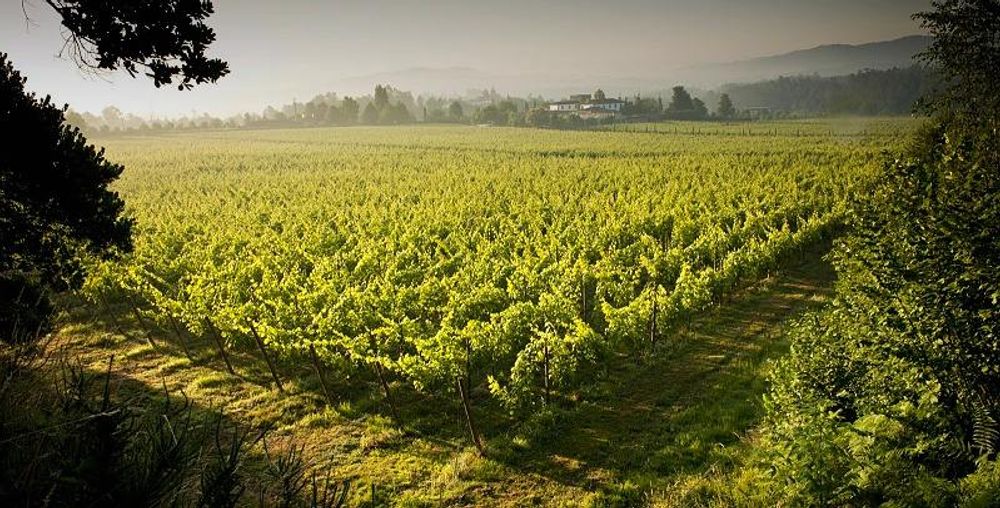
Vinho Verde is now making a wider selection of white wines
The Vinho Verde region today is no longer just known for its lightly-sweet and spritzy white wine made from vague varieties such as Arinto, Avesso, Trajadura and Loureiro. The finer expressions of Vinho Verde are more likely to be varietal wines with Alvarinho and Loureiro at the core, the latter of which is well-known for its fragrant floral perfume and decent acidity. Avesso, for long, has been considered as a lesser grape, but I have found a few producers in Prowein who have made some quality varietal wines out of it.
Heading to the Douro

It’s not all about port and red wine in the Douro Valley…
Going a bit farther inland is Douro’s fabulous blend of varieties led by the finer Rabigato and Arinto. Malvasia Fina is also being revived here as well as in other regions for either blending or making varietal wines. I still remember the Malvasia that I had last year by Viuva Jose Gomez in Lisbon, which was still alive despite of its 1969 vintage.
Arinto, one of Portugal’s oldest indigenous varieties, is also now perceived as a finer grape thanks to its high acidity and “mineral” tinge. It is especially successful in Bucelas near Lisbon where nearly all the white wines are made with it, mostly 100%. As the young Arintos that I tasted in Prowein seemed to be very promising, I’d be rubbing my hands to taste some older vintages to see how it reacts to bottle ageing.
Other highlights from Prowein this year came from Dão. It has also made me think again about the quality of its white wines, particularly Encruzado, a variety that Sofia Salvador, the wine educator of Wines of Portugal, believes is the Portugal’s answer to Chardonnay. The less highly regarded Fernão Pires (aka Maria Gomes in Bairrada) that thrives in warmer climates of further south can actually do well when the yields are controlled and it has an early harvest. This helps to retain acidity and lower alcohol which is critical for this variety.
Value for money
If there is something even better than the dazzling diversity of white grapes that one can find in Portugal, it is their price. Sooner or later, prices will start to rise as critics catch on, but for the moment, it is still a silent sea. What consumers and buyers can do now is to swim into it, pick your pearls carefully and then come back, sit down and giggle quietly.
Today, we are in an era when globalisation has successfully permeated into the genes of grapes. Growers and wineries are increasingly faced with the conundrum: do they persevere with those tongue-twisting Portuguese names or just give in to varieties that ring a bell for consumers? The trend of grape assimilation across the various terroirs of the world is certainly testing the courage of traditional Portuguese producers. But as far as I can see and taste, especially from Prowein this year, they have withstood the test.
Holding on to tradition is not as simple as it sounds, but it is also down to us as wine professionals and consumers, to take control of what we drink, and what they produce .
Top picks from Prowein tasting
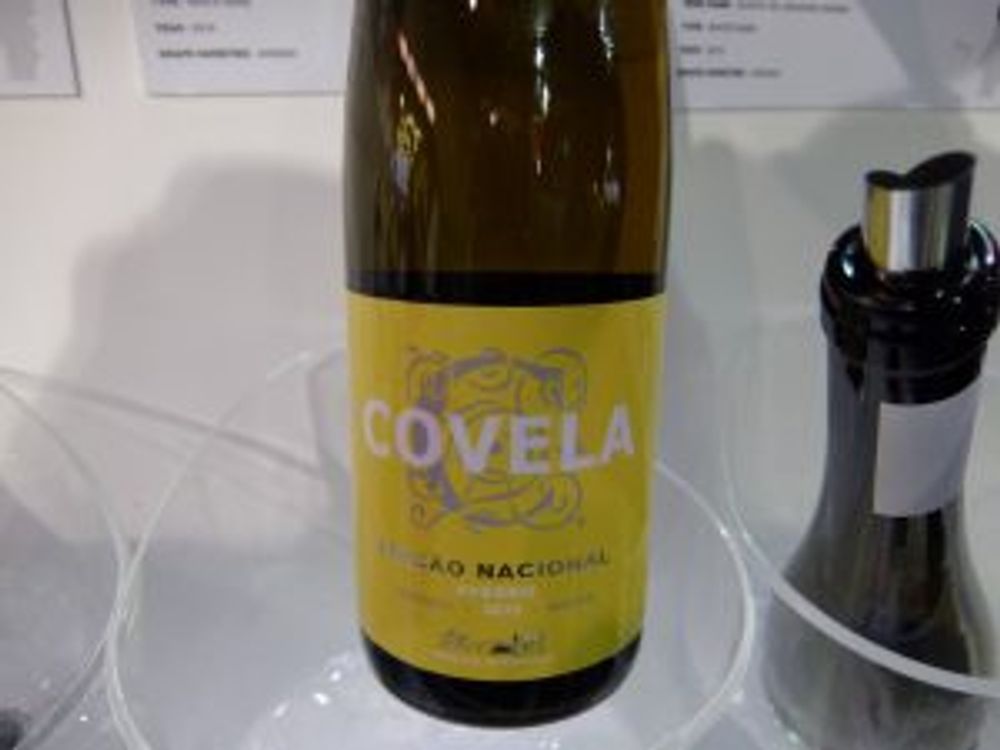
Quinta da Covela “Ediciição Nacional” Avesso Vinho Verde 2015
Vinho Verde, Avesso, 12.5%, $-$$
Discreet nose with fine citrus, green apples and understated vegetal hint. Very good substances on the mid-palate that offers refreshing acidity with a fuller body wrapped by clean but rich flavours.
Adega de Monção Alvarinho Deu-la-deu 2015
Vinho Verde/Alvarinho, 12.5%, $
Serious nose with restrained aromatics, which is lightly peachy and floral. Zesty and flavourful with a lot of vigour and texture. Very good expression of Alvarinho.
Maçanita Malvasia Fina (by Antonio) 2015
Duoro, Malvasia Fina, 13.5%, $$

Antonio Maçanita and Joana Maçanita talking about their wines at a special Young Portuguese Winemaker seminar at Prowein
This is a controversial wine that has caused an argument between brother and sister, both of whom are winemakers in the family. While the brother Antonio loved this wine, his sister Joana Maçanita hated it and decided not to put her name on it. That’s why it especially says by Antonio on the label. It is a fun wine to try indeed, but not funky at all. Still very serious, detailed with light-handed oxidative characters. Leesy and a bit fino-like, both on nose and the palate. Savoury, clean and lengthy. Hopefully, you will like it rather than hate it. This was tasted at the “Young Winemakers of Portugal” tasting.
Caminhos Cruzados “Titular” Encruzado 2015
Dão, Encruzado, 13%, $
Very ripe citrus-driven nose with a further layer of creaminess and vanilla, but oak is not dominating. Creamy and toasty on the palate balanced with high acidity and fruit intensity. Good finish.
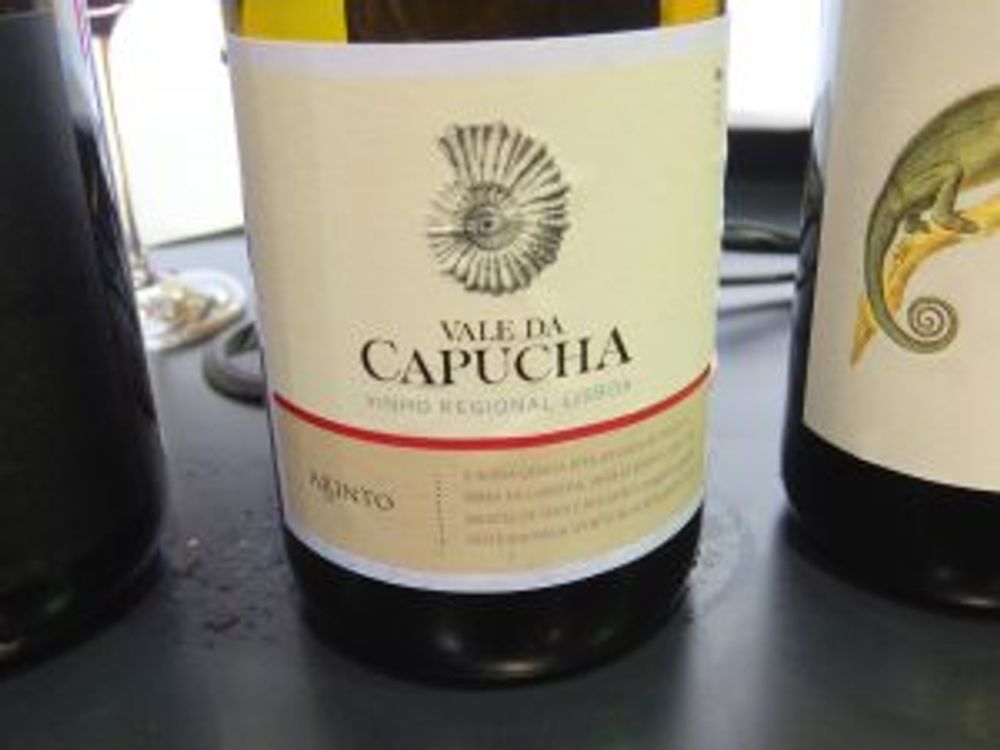
Vale de Capucha Arinto 2015
Vinho Regional Lisboa, Arinto, 12.5%, $-$$
Light gold hue with a lift of floral elegance. But meanwhile very steely, “mineral”-like with a layer of subtle oxidative red apples. Bone dry with piercing acidity. This is so brisk! Luckily there is good weight and frugal flavours, if not a little too austere, to balance it. An unadorned and uncompromising wine with 1.5g/L Residual sugar and 8.2grams of total acid. Also tasted at the “Young Winemakers of Portugal” event.
Adega Mae Dory Branco Reserva 2014
Vinho Regional Lisboa, Viosinho, Alvarinho, Chardonnay, 12.5%, $$
Light gold hue with creamy and a bit nutty nose. Nice fruit profile. Bright acidity with fairly dry palate and good concentration. Well-judged oak with long aftertaste.
Herdade da Ajuda Branco Reserva 2014
Vinho Regional Alentejo, Arinto, Antao Vaz, 13.5%, $-$$
Slightly deeper hue. Creamy nose with some further development reminiscing nuanced honey and Brazil nut. Some yellow peaches as well. Slightly oxidized, but this actually contributes to further complexity. Rich flavors on the palate with decent acidity. Well-balanced and pretty long.
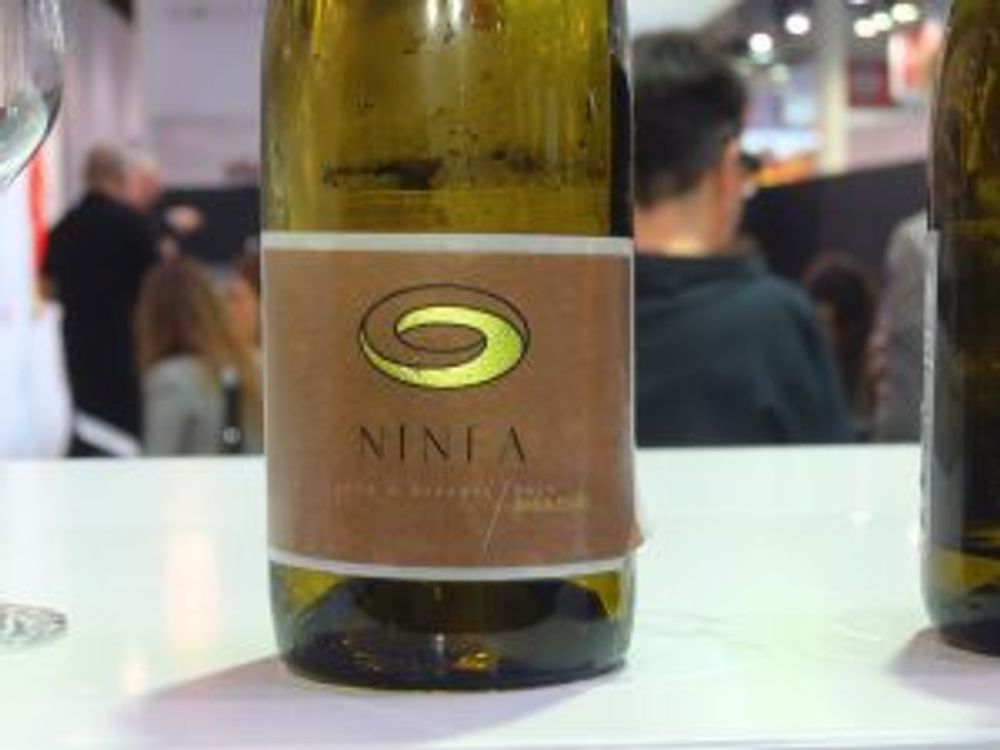
João M Barbosa “Ninfa” Maria Gomes 2015
Vinho Regional Tejo, Maria Gomes/Fernão Pires, 13%, $
Well-crafted nose with green apples, lemon and a whiff of “mineral”. Pretty ample and vibrant with refreshing acidity and nearly a salty edge at the end. Good intensity.
Redoma Branco Niepoort 2015
Douro, Indicative blend: Rabigato, Codega, Donzalinho, Viosinho, Arinto and others, 12.5%, $$
Elegantly perfumed with lifted creaminess. Acacia flower, mineral and lemon-peel. Even more floral on the palate with a very creamy texture and mingled flavors. Balanced acidity, good depth and intensity with a very long finish. Deliciously drinkable now. Tasted in Porto in January, 2017.
Ramos Pinto Duas Quintas Branco Reserva 2015
Douro, 70% Rabigato, 10% Arinto, 10% Viosinho, 10% Others, 13%, $$
Fairly pale lemon green on the hue. Minerally smoky with limy fruit and a hint of brioche. Not very loud, rather whispering but with good profoundness. Palate is full with good expressions of fruit and some mineral-like austerity, a bit salty finish. This is high in acidity and lingers intricately long. Very Chablis-style. Will age well. Tasted in Porto in January, 2017.
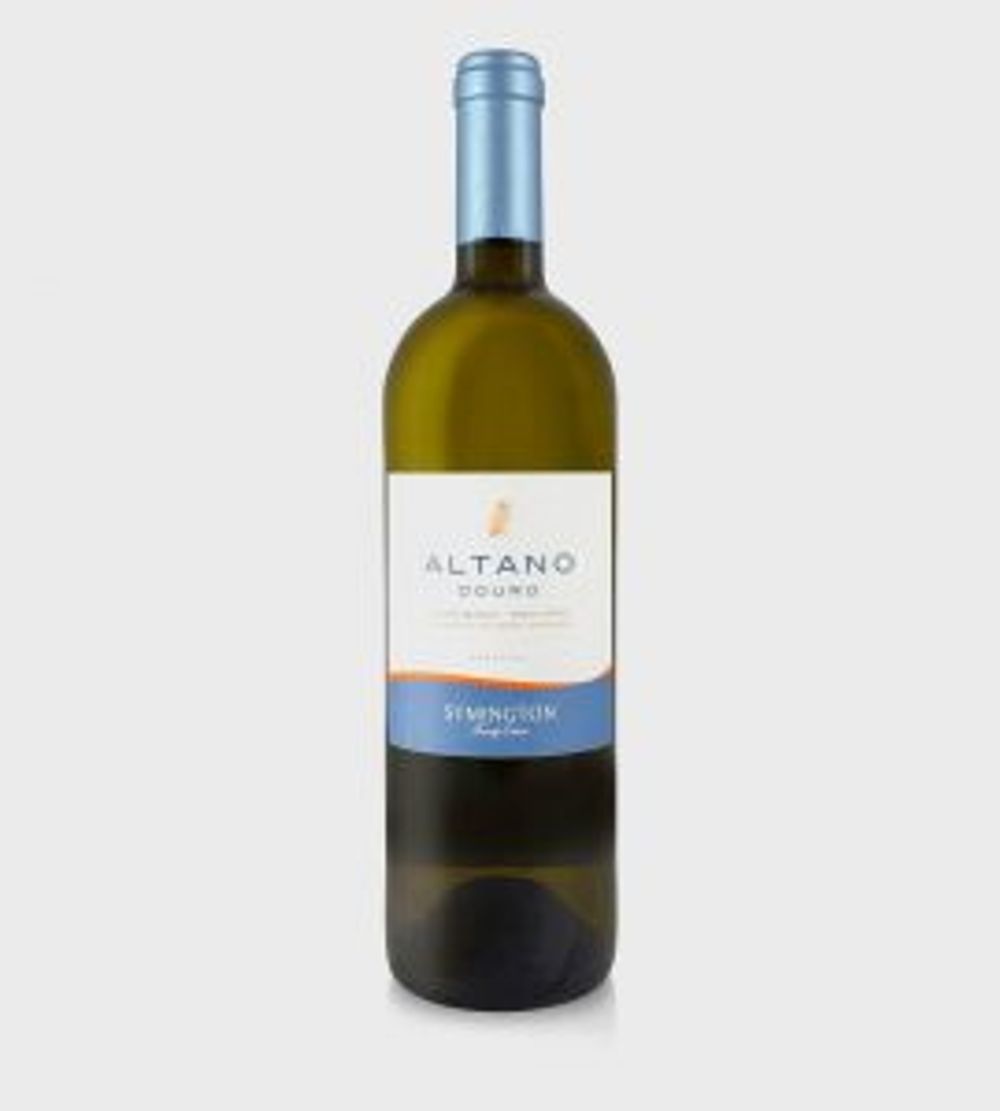
Altano Douro Branco 2015
Douro, Portuguese white varieties(unstated), 13%, $.
Immensely floral with ripe lemon, even a hint of tangerine, peaches and some bitter almond. Crisp, refreshing medium palate with bright acidity and adequate flavors to balance the weight. Some dry, chalky feeling on the moderate length with a bitter wrap-up. Good value. Go with seafood or tapas. Tasted in Dijon in January 2017.
- Zekun Shuai is an MSC wine student at the Burgundy School of Business and is interested in progressing his career in wine. He can be contacted at shuaizekun58@gmail.com.










































